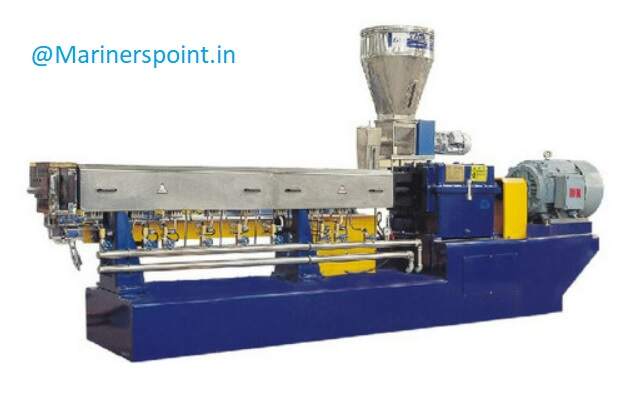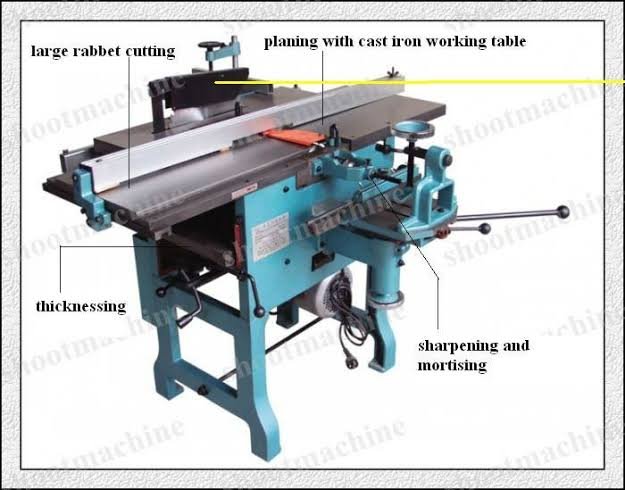In this article we will discuss about What are forging defects, types of defects in forging and what are their causes and how to remove those defects.
What are Defects ?
Defects are imperfections that exceed certain thresholds. In other words, there may be imperfections that are not considered true “defects” because they are smaller than the allowances specified in the applicable specifications. Defects in metal parts offer a serious factor in of the forged parts and thereby it becomes very costly.
What is meant by Forging Defects ?
Forging defects are widely discussed because forging companies and are naturally hesitant to draw attention to them. There are many types of forging defects, ranging from those traceable to the starting materials to those caused by the closed die forging process or post forging operations.
The following information is about common and not-so-common defects in steel forgings that result from closed die forging operations or post forging operations that are common in many forge plants. The purpose of this section is to familiarize the reader with these various defects, how they affect forging performance, and how to eliminate them in future forging production.
Types of Forging Defects
Defects in forging are following :-
- Unfilled section
- Cold shut
- Scale pit
- Die shift
- Flakes
- Improper grain growth
- Improper forging penetration
- Surface cracking
- Residual stress in forging
1. Unfilled Section
In this type of forging defects some of the forging section remains unfilled. This is due to poor die design or forging technique. This could also be due to a lack of raw materials or poor heating. This flaw can be removed through proper die design, raw material availability, and heating.
2. Cold Shut
Cold shut includes small cracks at corners. These defects in forging occur as a result of poor forging die design. It is also due to sharp corners and excessive chilling in the forging process. To remove these flaws, the die’s fillet radius should be increased.
3. Scale Pit
These forging defects occur as a result of improper cleaning of the forged surface. Scale pits are common in open-air forging. It causes irregular deputations on the forging surfaces. This flaw is avoidable by thoroughly cleaning the forged surface.
4. Die Shift
Die shift forging defects occur when the upper and lower dies are not aligned with each other. As a result, the product’s dimensions will be off. When the die is properly aligned, the defect is avoided. It is possible to accomplish this by placing half of the workpiece on the upper die and half on the lower die, so that both portions match.
5. Flakes
Internal cracks form as a result of improper cooling of forge product. When the forge product cools quickly, these cracks are commonly formed, reducing the forge product’s strength. This flaw can be remedied with proper cooling.
6. Improper Grain Growth
These defects in forging occurs as a result of improper metal flow during casting, which alters the product’s predefine grain structure. It can be removed with the right die design.
7. Improper Forging Penetration
This defect is caused by incomplete forging. It is caused by a light or rapid hammer blow. This flaw can be eliminated by using proper forging press control.
8. Surface Cracking
Surface cracking occurs as a result of working on cold surfaces. Many cracks appear on the work piece as a result of this defect. This defect can be resolved by maintaining proper working temperature control.
9. Residual Stress in Forging
These forging defects occur as a result of improper cooling of the forged part. The main cause of this type of defect is excessive rapid cooling. This can be eliminated by slowly cooling the forged part.
These are all main types of steel forging defects.
Causes of Forging Defects
Common defects in forging are found in metals that have been subjected to more or less plastic shaping shown as follows :
1. Defects, resulting from the melting practice such as dirt or slag, blow holes, etc.
2. Ingot defects such as seams, piping, cracks, scales or bad surface and segregation.
3. Defects resulting from improper heating and cooling of the forging such as burnt metal, decarburization, and flakes.
4. Defects resulting from improper forging such as seams, cracks, laps, etc.
5. Faulty forging design.
6. Faulty die design.
7. Improper placement of the metal in the die causing mismatched forging
Forging Defects Removal
To avoid this forging defect, care should be taken during the operation and the smith must have experience in forging. Defects in forging can be removed as follows :
1. Shallow cracks and cavities can be removed by chipping out of the cold forging with pneumatic chisel or with hot sets during the forging processes.
2. Surface cracks and decarburized areas are removed from important forgings by grinding on special machines. Care should also be taken to see that the workpiece is not underheated, decarburised, overheated and burnt.
3. Die design should be properly made taking into consideration all relevant and important aspects that may impair forging defects and ultimate spoilage.
4. The parting line of a forging should lie in one plane to avoid mismatching
5. Destroyed forgings are straightened in presses, if possible. 6. The mechanical properties of the metal can be improved by forging to correct fiber line, and finally internal stresses, developed due to heating and cooling of the workpiece, are removed by annealing and or normalizing.
These were the different types of forging defects and remedies that are commonly observed during forging process. We also discussed about what are the causes of defects in forging and how to remove them. Hope you liked this article. Please give your feedback in the comment section below.
What are the common six defects of forging?
There are many types of forging defects, ranging from those traceable to the starting materials to those caused by the closed die forging process or post forging operations. Common types of forging defects include Unfilled section, Cold shut, Scale pit, Die shift, Flakes, Improper grain growth, Improper forging penetration, Surface cracking, Residual stress in forging
Which of the following defects results due to improper forging?
a) Seams
b) Cracks
c) Laps
d) All of the Mentioned
Answer: d
Explanation: Seams, cracks and laps are the defect, which arises due to improper forging method.
What is Defects in Forging Process ?
Types of forging defects include unfilled section, cold shut, scale pits, die shaft, flakes, improper grain growth, incomplete forging penetration, surface cleaning, and residual stresses in forging.
What is lap defect in forging?
A surface irregularity that appears as a fissure or opening caused by the folding over of hot metal, fins, or sharp corners and subsequent rolling or forging (but not welding) of these into the surface.
How many types of forging are there?
These are four types of forging manufacturing processes that are commonly used to shape metal parts. These processes include
1. impression die forging (closed die),
2.cold forging,
3. open die forging, and
4. seamless rolled ring forging.
What is flake in forging?
A flake is a crack formed in high strength steel with a high hydrogen concentration, particularly during heavy forging. Flakes, depending on their dimensions, number, and position in steel, can significantly reduce the toughness and ductility of steel, as well as the service life of steel parts.
Check Out Other Important Topics
Foundry Tools And Equipment – List, Names & Images
Sand Testing Methods – Full Process
Types of Casting Defects – Complete Overview
Moulding Sand – Properties, Types, Process, MCQs
Plant Layout – Types, Objectives, Principles, Advantages
| IC Engine | Important PDFs | Boilers | Synergy Maritime Exam | Naval Arch | MEO Class 4 |
| Interview Questions | Difference Between | Types of Pumps | Auxiliary Machines | Types of Valves | Home |



